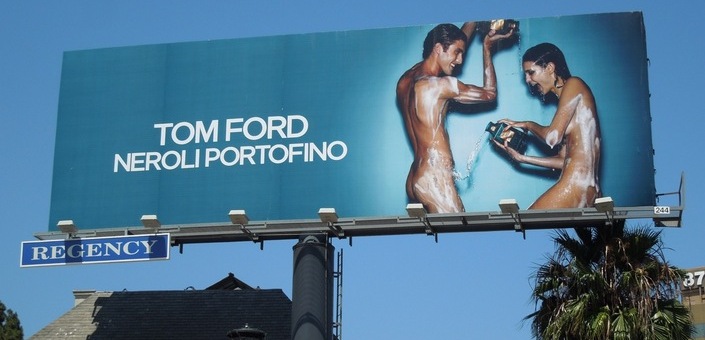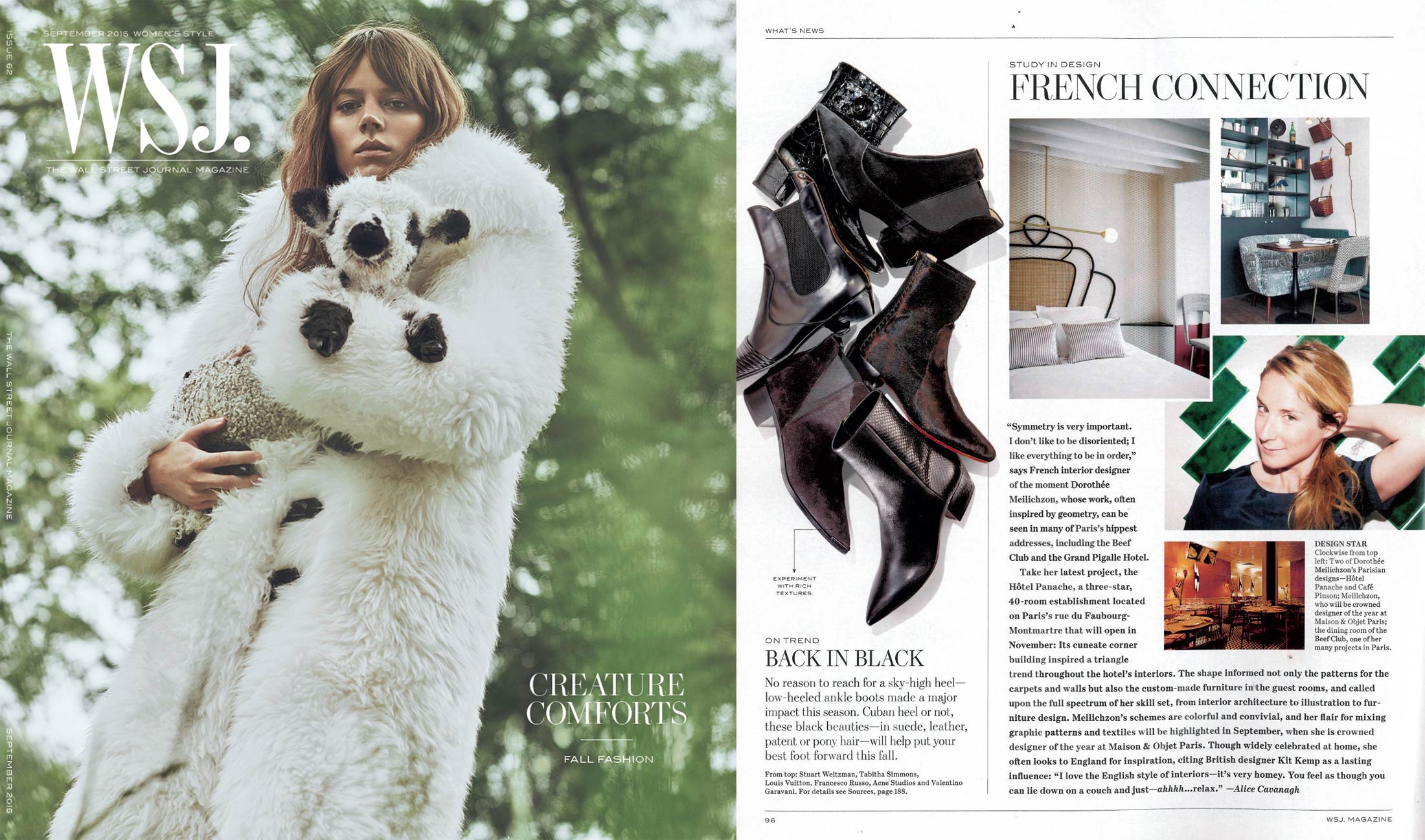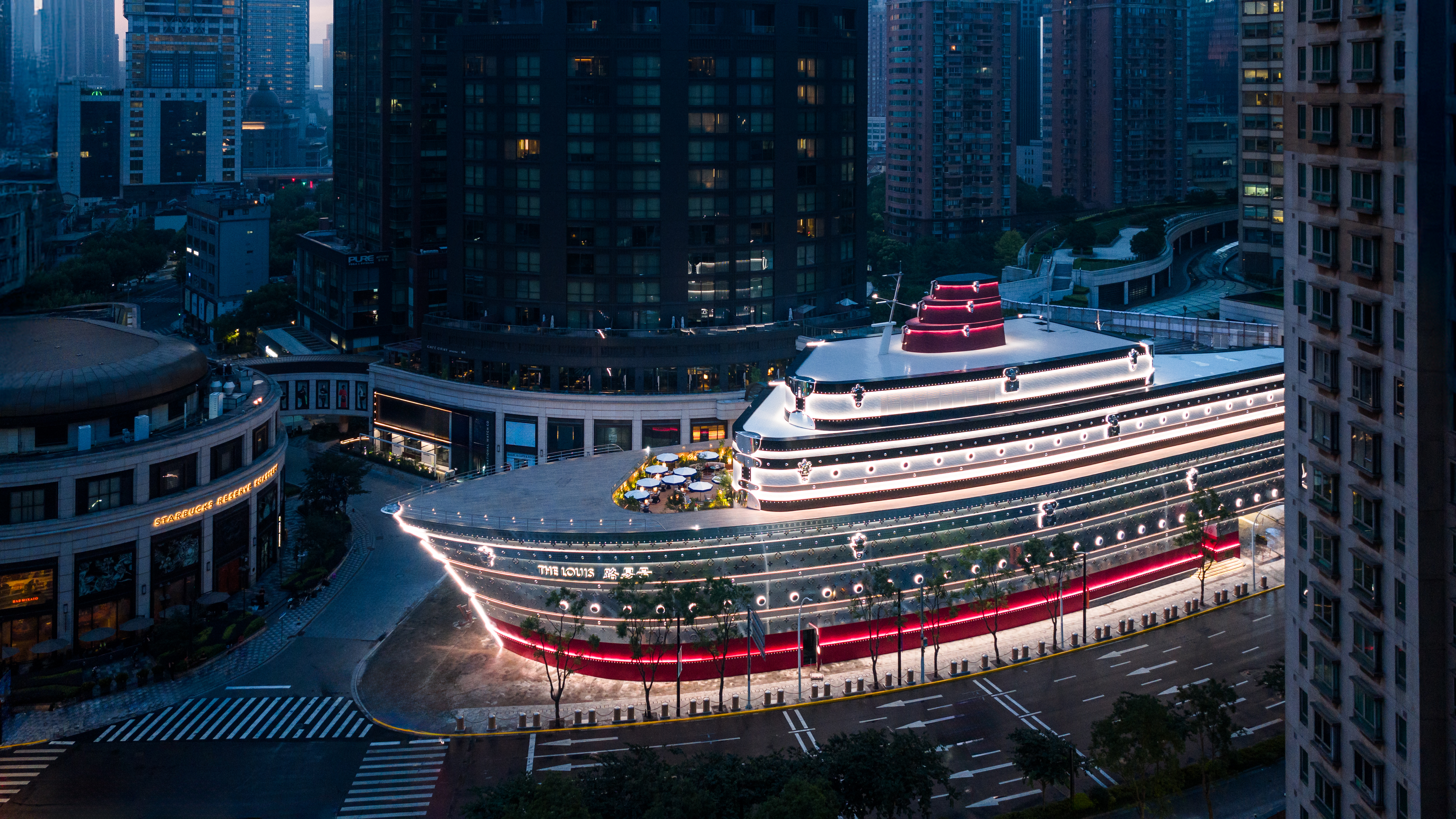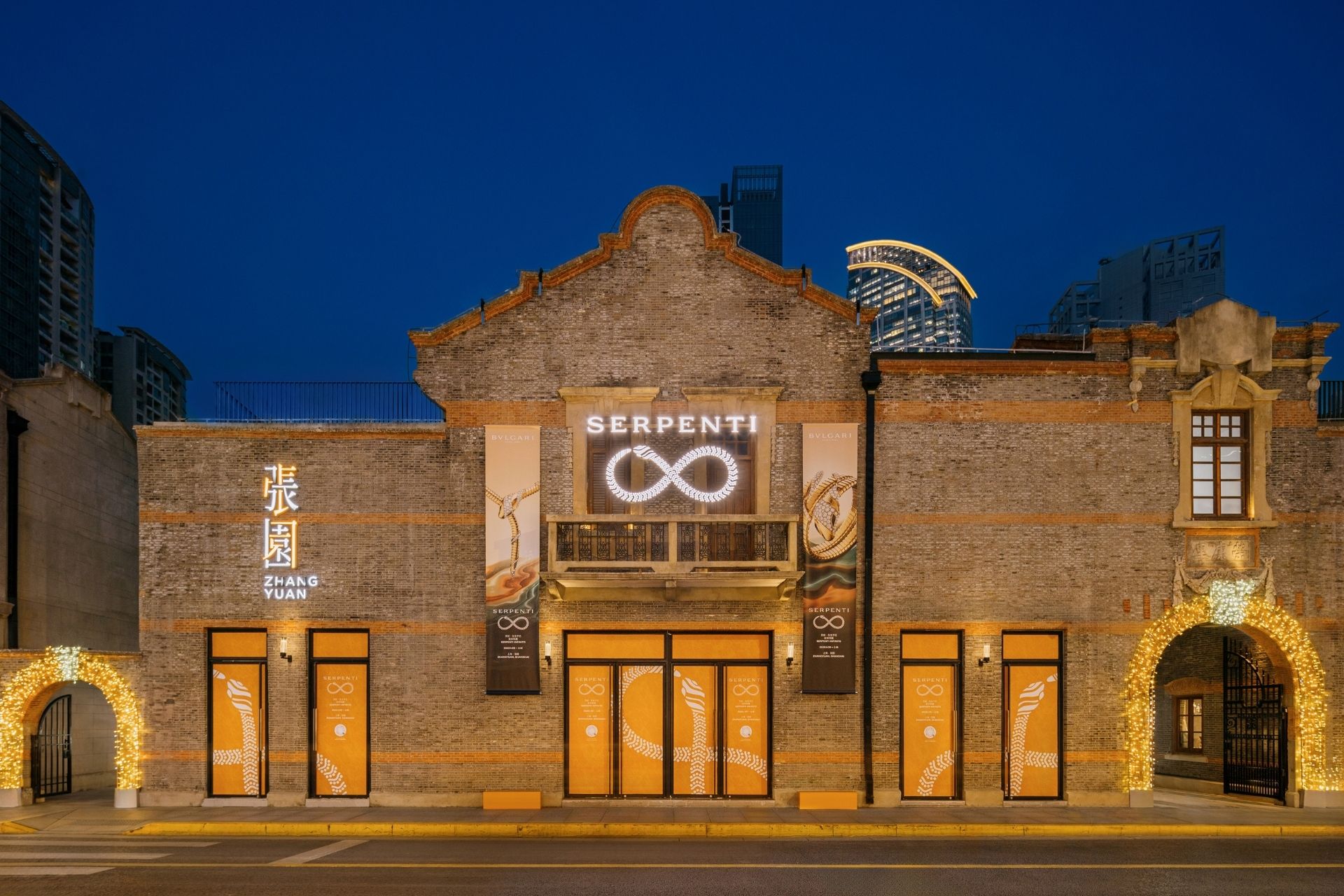As influencers, instagrammers and social networks steal precious ad-spend from traditional channels, we look at the future of the luxury brand media plan

As influencers, instagrammers and social networks steal precious ad-spend from traditional channels, we look at the future of the luxury brand media plan
As influencers, instagrammers and social networks steal precious ad-spend from traditional channels, we look at the future of the luxury brand media plan.
As any media stakeholder can attest, there has never been so many channels to choose from when it comes to communication. Advertising has diversified far beyond a straightforward split of print, outdoor and television, into a mix of campaigns, content and editorial strategies, broadcast on brand owned media platforms, social channels and through the voice of key opinion leaders.
Change has occurred rapidly. What has not slowed down, is global advertising spend. ZenithOptimedia forecasts that global ad expenditure will grow 4.2% in 2015, reaching $531 billion by the end of the year. By 2017, the firm predicts a rise of 5.2% on this figure.
Most interesting to note, platforms don’t seem to be dying out quite as dramatically as so many cynics suggested. Instead, luxury brands are changing the spread of budget between different platforms, and in some cases creating more budget to spend on new platforms. Simply adding more strings to their marketing bow.
“ ZenithOptimedia forecasts that global ad expenditure will grow 4.2% in 2015 ”
Take the United Kingdom for example, where Television has always commanded the highest chunk of spend because of its sheer reach. The U.K. is now one of seven countries where digital ad spend – including mobile, tablet and social media – has now eclipsed spend on television, according to the Interactive Advertising Board (IAB UK).
Digital now accounts for 39% of advertising spend in the U.K., compared to 26% in TV, 16% in print, 10% in direct mail, 5% in outdoor, 3% in radio, and 1% in cinema. Yet, “the rapid growth of digital advertising is quite a recent trend,” explains Alex Kozloff, Acting Director of Marketing and Communications at IAB UK.
“ The average person spends about 3 hours and 51 minutes a day online ”
“Research shows that the average person spends about 3 hours and 51 minutes a day online, and basically, advertisers have had to follow where the consumers are in order to make sure that they are making the greatest impact.”
Kozloff adds that the other factor that has contributed to the rise of digital in terms of ad spend is that it is very easy to track, with copious ways to dissect the information extracted from digital advertising. “What we know, is that brands want to be sure that they are getting a return on investment – and with digital, there is so much great data and insights available, that it also allows for another layer of targeting.”
Globally, the ZenithOptimedia report predicts that advertisers around the world will soon follow the UK’s example; and while television is still by some distance the dominant advertising medium – attracting 39% of spend in 2014 – the agency expects television’s share of global ad spend to “fall back over the next few years as desktop and mobile internet grow much faster”.
Louis Vuitton’s 2014 Television campaign starring David Bowie
Advertising spend statistics confirm that desktop and mobile is still the fastest growing advertising medium by some distance, recording 18.4% growth in 2014, with an average annual rise of 15% predicted to occur between 2014 and 2017. To date, overall, display – including traditional banners, online video and social media – is still the fastest growing internet sub‐category, according to ZenithOptimedia, with 18% annual growth forecast to 2017.
This is attributed to improved advertising formats which are making internet display more interactive and attention-grabbing, while programmatic buying is evolving to allow more sophisticated targeting of display audiences ever more efficiently.
“When looking at the most significant changes we have observed, as to the way luxury brands buy media and advertising in the past 5-10 years, the most obvious is the rise of digital,” explains Katie Allen, Regional Director at The Wall Street Journal. “For luxury specifically, this was virtually non-existent at that time.
“ 10 years ago the media landscape was TV, Cinema, Outdoor, Print & Radio ”
“The main media disruption for luxury brands has of course been in the transition to digital,” concurs Andrew Lowrey, Account Director of Marketing Solutions at LinkedIn. “This can be seen through the content that brands produce for their digital channels, the way in which they aim to reach consumers at every point of their journey on the web, as well as the way they have looked to introduce an internet presence into their media buying.”
“Social Media, Search, Video, Branding and Real-time bidding budgets are all concepts that are regularly discussed today, whereas ten years ago the landscape was much simpler with TV, Cinema, Outdoor, Print and Radio making up the bulk of what advertisers were buying. Now digital is making up to 20 to 35% of brands buying, vs 0% ten years ago.”
Mastering new advertising platforms is one thing. Understanding which platform and technology preserves the image that luxury brands spend so much time and budget cultivating is another. Furthermore, the constant criticism with the Internet is that it is difficult to know who is actually on the receiving end of your message – a critical issue for luxury brands.
“ Luxury brands were unable to replicate the impact & quality of print or TV campaigns online ”
“Over the last five years luxury brands have been buying more and more digital advertising, but have been slower to embrace it than other sectors,” notes Rachid Ait Addi, Global Luxury Industry Director at Teads. “One of the key reasons being that the appeal of a luxury brand goes far beyond owning the actual product.”
“It’s as much about the experience surrounding the purchase itself: admiring the art of a glossy full-page magazine ad, the thrill of being in a beautiful store, the personal service that you’re offered. In the past, the formats were limited and ugly banner ads represented the antithesis of what luxury was all about. Ultimately, luxury brands were unable to replicate the impact and quality of print or TV campaigns online.”
“Today there are just so many options for luxury brands to tell their stories. To choose the right platform, device, method of buying, and then – worst of all – picking one of seemingly endless ways to measure success.” At Teads, the focus is the format – video to be precise. One that Mr Ait Addi argues allows advertising to be respectful of both the user and the brand trying to tell their story.
Burberry’s Kisses Campaign, in collaboration with Google
Ms Allen of The Wall Street Journal agrees, noting that managing the dichotomy between maximum viewability and brand image preservation is the primary challenge for luxury brands, and a reason they can be slow to adapt innovative advertising technologies.
“New buying methods have come to market, for example programmatic – and while luxury brands want to benefit from these time and labour-saving buying methods, they may lack brand safety,” she notes.
“The advent of e-commerce also means that image and CRM are no longer mutually exclusive. Image campaigns must also drive sales and e-commerce campaigns must also uphold the same aesthetics at the image campaigns,” she adds.
“Online image and e-commerce now have a huge impact on the way customers interact with their favorite brands,” suggests Mr Lowrey of LinkedIn. “Luxury brands pride themselves on creating unique experiences for their clients and they needed time to extend this into their digital experience in the right way.”
“ The advent of e-commerce also means that image and CRM are no longer mutually exclusive ”
“Brands also needed to find a safe path to follow the broader retail sector in their tracking of these users and facilitating the purchase of their products online. Many brands question the security of data online and as such, have taken a long time to develop e-commerce and other services that consumers demand.”
“And then you have innovations in buying technology such as programmatic, which has exploded in the past three or so years, which means that brands have started to buy media via trading desks. In testing these new technologies there are often questions over brand safety and being able to guarantee that the campaigns follow brand guidelines.”
Beyond the broadcasting of brand messages, there is the issue of who is receiving them – and how relevant that audience is to the luxury brand that purchase the media in the first place. Not to mention AdBlock, an increasingly popular way to silence advertising across the Internet, which PageFair and Adobe believe is being used by more than 144 million internet users globally.
“ Beyond the broadcasting of brand messages, there is the issue of who is receiving them ”
“The rise of ad blockers of course threatens the marketing mix,” confirms Mr Ait Addi of Teads.
“What is means is that advertisers will need to fight even harder for their ads to be seen. However, we can’t blame people for using ad blockers online. The answer is for brands and advertisers to respond with far better ads that are less intrusive and more relevant to consumers. We need to focus on creating experiences that are respectful of the end user and which engage, rather than enrage consumers.”
“Viewability should really be the key driver behind media buying. When 50% of online ads are not seen by users, that’s half of someone’s online advertising budget wasted. Currently the industry standard for a ‘viewed’ advertisement is 50% of the surface of two seconds. This simply isn’t good enough for luxury brands.”

A billboard campaign by Tom Ford
This is ultimately what is driving some very blurred lines between advertising and content, between paid, owned and earned media, as digital pushes ad spend away from mass exposure campaigns to more tailored targeting of consumer groups, with innovative, integrated and reactive content that consumers actually enjoy.
Teads has launched reactive video advertising, Instagram has recently launched its much awaited solutions for both big brands and small. Facebook and Instagram pride themselves on retargeting abilities, as do display-based solutions by Criteo. Vogue is leveraging Shazam’s new visual recognition technology to allow consumers to click to shop from print pages, as did WSJ. Magazine in its recent September edition.
After a period of innovation, change and confusion, luxury brands are entering an information age where advertising solutions can match consumer behaviours, needs and wants. And in some cases, even bring them joy.
“ With the advance of 5G & increased download speeds, video will be an essential part of the media mix ”
Video has become one source of joy, embedded into the fabric of our society by YouTube, where more than 4 billion videos are now viewed per day. “There has been a huge jump in online video consumption in recent years,” confirms Ms Allen, “and this growth is predicted to continue. With the advance of 5G networks and increased download speeds, video will be an essential part of the media mix.”
ZenithOptimedia confirms that advertisers are responding with a shift from Television spend to online video, a medium which it expects to grow from 2.1% of global adspend in 2014, to 4.0% in 2017. This shift to video has prompted technology providers such as Teads, to create new formats to support video advertising and further opportunities for premium distribution.
“The lack of premium video inventory is a very real challenge for luxury brands,” explains Mr Ait Addi. “With more brands wanting to use video to tell their story, demand for video inventory has grown much faster than supply. Traditionally, videos have been placed within the video stream – before, during or after a video – but research shows these formats are not engaging and can actually damage brand image.”
“ The lack of premium video inventory is a very real challenge for luxury brands ”
“Teads’ inRead format places HD video advertising within the editorial content of a publisher site, positioning the video unit within two paragraphs of an article. When the user scrolls down and sees the video unit, inRead emerges and serves the advertising.”
By sitting outside of the video player, Ait Addi attests that InRead dramatically increases the amount of premium video advertising inventory available – something he says has traditionally posed problems for luxury brands.
Where Teads have also made waves is in their approach to billing. InRead buys are invoiced on a Cost Per Completed View system, whereby video formats only play when more than 50% viewable to the viewer’s screen, and are only billed when the user watches 100% of the video. “Because Teads’ formats are wholly user initiated, advertisers never need to worry if their videos are being seen by bots.”
Teads.tv
It’s true that paid social media and video advertising are growing at a fast rate, but this hasn’t equated in the gory depth for print that the industry predicted. “Ten years ago some naysayers predicted that print journalism would be non-existent by now, which was not a view shared by The Wall Street Journal. Just last week we re-launched our print editions in Europe and Asia in Broadsheet format, alongside the redesign of our website.”
ZenithOptimedia have confirmed that globally, advertising spend on traditional print advertising is on the decline, as Internet spend continues to rise. Global spend on newspaper advertising is said to have halved (from 30% to 15%) in 2014, as magazines dropped from 13% to 7%. But what might be hard to truly quantify in the age of integrated propositions, is how many clients were purchasing.
And also how luxury brands specifically, continue to buck the global trend and continue to advertise heavily in print. Both T: The New York Times Style Magazine and WSJ. Magazine announced in August that their September 2015 issues broke advertising page records (Fashionista). WSJ’s fashion-dedicated women’s issue was its biggest issue ever.
“ Global spend on newspaper advertising is said to have halved in 2014 ”
Unsurprisingly, Ms Allen agrees that core media titles such as The Wall Street Journal, continue to thrive with their proven audience of affluent luxury consumers and ability to continuously adapt offerings to integrate digital products. What has changed she suggests, is that brands are looking to advertise with less titles in more meaningful ways, gravitating towards those with the most prestige and wealthy readers.
“The global economy, especially currency fluctuations, have affected budgets negatively, leading luxury brand executives to seek more value from each media placement as well as insights into the DNA of the media brand itself to justify choices to management,” she says.
“As a primarily paid subscription based media owner, the customer is at the heart of everything we do. Our readers are multi-platform consumers, so we strive to provide them with qualitative content whenever and however they want it. We listen to what our readers want and adapt our products accordingly.” Resulting in an integrated proposition for luxury brand advertising clients.
“There is a fine art to finding the balance between continuing to invest in qualitative print products and remaining one step ahead of digital trends by adopting new technologies, but it is important to remember that the two can coexist,” she states.

WSJ. Magazine’s record breaking September 2015 Women’s Fashion issue
“Enjoyable engagement with a brand for many consumers often implies a two way conversation, and this is where we see luxury advertisers testing the waters of branded content and native advertising solutions,” she says.
Specifically, she explains that custom content programs from the title now allow advertisers to tell their brand story and distinguish themselves from their peers, allowing them explain the heritage and craftsmanship through carefully created native advertising units designed with its readers in mind, and speaking to them in the familiar Wall Street Journal ‘voice’.
Condé Nast announced in January 2015 the launch of 23 Stories, a branded content studio leveraging writers from Vogue, GQ, Vanity Fair and its host of other global titles, to create native ads that blend in well with the rest of a publisher’s content.
In an interview with eMarketer, Pat Connolly, Condé’s vice president of marketing solutions explained that “brands are committing more to try and create higher-quality, interesting content. Even if it’s marked “sponsored content” so that the reader knows what it is, that doesn’t limit the level of engagement. If it’s great content, it transcends the label.”
This is the first in a two part series, investigating the future of advertising for luxury brands. In part two we look forward to sharing media innovation in the social media space.









